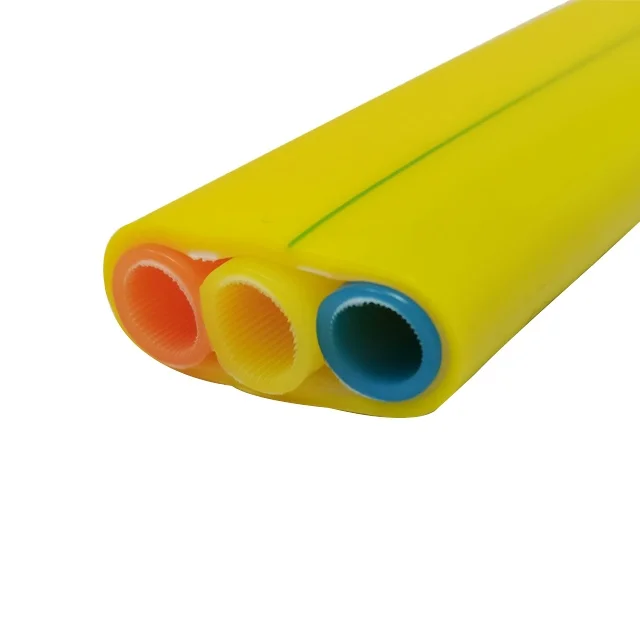The instantaneous transmission of ideas that now powers the global networked village to which we are all connected, has its foundation in fiber optic systems. The Internet Society sees these as the superhighways of the internet, thin strands of glass or plastic not much wider than a human hair (or even thinner) through which data travels at lightning speeds between distant points. Fiber optics are by far superior to traditional copper cables in speed, reliability and security - forever changing the way we communicate in our digital world today.
Speed of Fiber Optics
Data being transmitted as fast rate is one of the most revolutionary thing about Fiber Optic Communication Systems. These systems can move information at terabits-per-second rates, allowing data to be transmitted almost processing-free en masse, for cases such as high definition video streams and large-scale data backups in the cloud. This record speed is achieved due to low interference and loss of signals travel over optical fibers as light. For everyone from industries in finance and healthcare to research needing around-the-clock data-intensive work, it provides real-time communication with continuity.
High-Speed Global Networks with Fiber Optics
Fiber optic networks have a great deal of reach, serving as the conduit connecting individuals around much of this daily-crossed world. Since fiber optic cables do not suffer from the energy loss that copper wires have over distance, they can span thousands of kilometers without considerable signal degradation and are especially useful for undersea connections linking different regions across the globe. They boast a high level of bandwidth capacity that is able to handle the increasing web traffic and make sure that global network stays reliable for future challenges. The reason that fiber optics can spur international collaboration, innovation and economic growth is simple: they allow instant communication between any two points on earth an the exchange of huge amounts o data.
The Secret to Sabotage-Proof Communication in The Digital Era
Fiber optics are the sine qua non of our connected worldnet-con-nectivity demands high reliability and few technologies can match fiber's 99.9% uptime3,4 They are also more conducive to electromagnetic interference, as well as resist extreme weather conditions and physical damage better than copper cables by significantly reducing the chances of possible service disruptions. In addition, the fiber optics are low-latency, meaning that time-sensitive applications such as remote surgery or financial transactions can be seamlessly performed with no delay. With businesses moving up the stack and onto cloud services, IoT devices etc... maintaining a stable communication channel is just as essential now that it places Fiber optics at center-point of allowing zero stoppage in operations with how everything digital.
Unsurpassed Data Security of Fiber Optic Systems
Today, around the world and especially in our connected economy protecting data privacy/security is a primary focus. The best thing about fiber optic communication systems is the fact that they can give hackers a tough time compared to wired counterparts. Because light signals can be sliced or intercepted by any hacking technique, the risk of data loss is less. Next, the increased security level provided by fiber optic networks also means that advanced encryption techniques can be easily incorporated into such systems. Fiber optics are key for governments, militaries and corporations that need to protect large amounts of data in order ensure everything stays secret during transmission.
Benefits of Going on FiberOptics- Network - Energy Saving and Environmental Impact
Fiber optic communication systems are an energy-friendly technology of choice, with the increasing emphasis on power conservation and environment concerns. They require much less power than copper-based systems, especially over long distances saving in overall carbon footprint and operating costs. It is more energy efficient than anything else because light signaling carries zero resistance when passing data, which means almost no amplifying needs to be done along the way. With the globe on a path to renewables and green practices, fiber optics fit right in and we expect they will be an important part of any sustainable future for global communications infrastructure. In addition to this, they are designed to last a long time and be quite sturdy so if you buy one of these it can not only reduce e-waste kindof but also save the earths' resources!
In sum, fiber optic communication systems have more advantages than simply speed; they are part of the connected world we now enjoy everywhere with increasing demands for reliability, security and environmental stewardship. As the world marches on into an increasingly digital age, we must lean upon fiber optic networks to remain forward looking, global and secure in all our interactions. The point is, transitioning to fiber optics isn't just a technological innovation; it's an important investment in the future of communication and connectivity.


